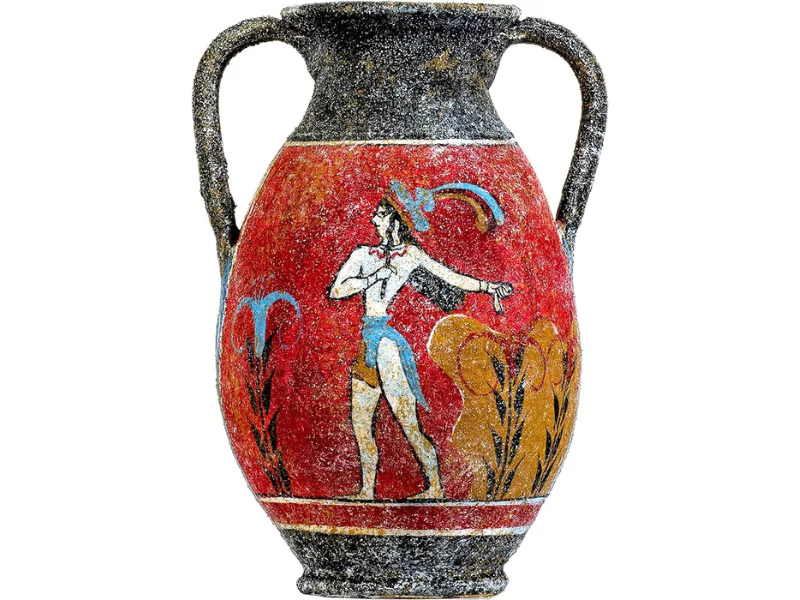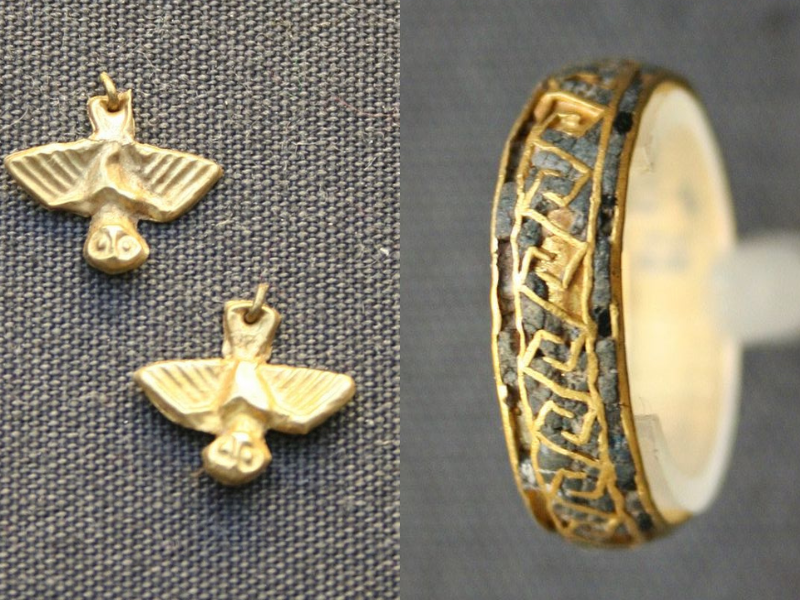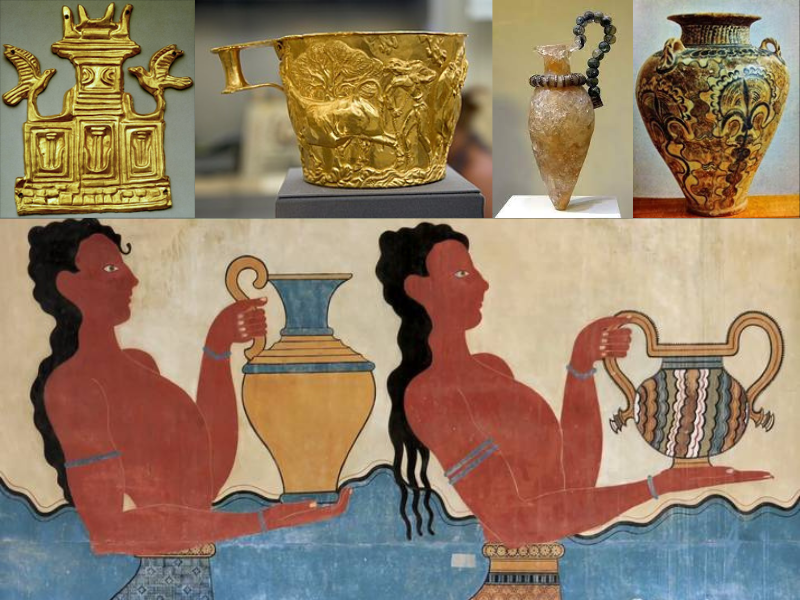Table of Contents
I. Introduction
In the tapestry of ancient Mediterranean history, the Minoan Influence emerges as a vibrant and influential thread, weaving a rich legacy across the Aegean and beyond. Flourishing on the island of Crete, the Minoans were known for their cultural sophistication, advanced urban planning, and artistic prowess.
This article embarks on an exploration of the multifaceted influence of the Minoans, revealing how their advancements in architecture, art, language, and cuisine resonated throughout neighboring societies and shaped the course of ancient civilizations.
II. Architectural Innovations and Urban Planning
The architectural ingenuity of the Minoans is evident in their intricate palace complexes and urban layouts. Their pioneering use of multi-story buildings, light wells, and advanced drainage systems set a precedent in architectural design.
This influence extended beyond Crete, as seen in the adoption and adaptation of Minoan architectural styles across the Aegean. The presence of Minoan-inspired structures in mainland Greece, the Cyclades, and even as far as the coast of Anatolia, attests to the wide-reaching impact of their urban planning concepts.
III. Artistic Endeavors and Aesthetic Influence
Minoan art, characterized by its dynamic forms and vivid colors, played a significant role in shaping the artistic landscape of the Aegean. Their frescoes, adorned with naturalistic themes and figures, influenced the art styles of various Aegean civilizations.
The spread of Minoan pottery styles, particularly their intricate designs and advanced techniques, is another testament to their artistic influence. These styles were disseminated through trade, where Minoan ceramics were highly prized, leading to the adoption and adaptation of Minoan artistic motifs in other Aegean cultures.




IV. The Linguistic Puzzle: Minoan Script and Language
The Minoan language and script, particularly the enigmatic Linear A, hold a key place in the study of ancient languages.
While still undeciphered, the influence of Linear A on subsequent Aegean scripts, notably the Mycenaean Linear B, is evident. The adoption and adaptation of Minoan writing systems in Mycenaean and other Mediterranean civilizations point to a significant linguistic exchange. This script not only served administrative purposes but also likely influenced the development of written language in the ancient Mediterranean.
V. Gastronomic Contributions: Minoan Cuisine and Agriculture
The Minoans were not just architects and artists; they were also skilled agriculturists and culinary innovators. Their advanced agricultural practices, including the cultivation of olives, grapes, and cereals, significantly influenced the diet and agriculture of the Aegean region.
Minoan cuisine, with its emphasis on fresh produce, seafood, and complex flavors, impacted the culinary traditions of neighboring cultures. The spread of these practices and ingredients, facilitated by trade, led to a shared gastronomic heritage in the ancient Mediterranean.
VI. Religious Practices and Cultural Exchange
Minoan religious practices and iconography left a distinctive mark on the religious landscape of the Aegean.
The integration of Minoan deities and symbols into the religious practices of other cultures, particularly the Mycenaeans, highlights the cultural exchanges that occurred. This blending of beliefs and rituals underscores the deep cultural connections forged by the Minoans with their neighbors, enriching the spiritual tapestry of the ancient world.
VII. The Legacy of Minoan Influences
The legacy of the Minoan Civilization is a rich collection of cultural, artistic, linguistic, and culinary influences that shaped the identity of the ancient Aegean and Mediterranean worlds.
From the architectural wonders of their palaces to the linguistic mysteries of their scripts, and from their vibrant frescoes to their innovative culinary practices, the Minoans left an indelible mark on the civilizations that followed. Their influence went beyond mere imitation, fostering a cultural dialogue that enriched the entire region.
Understanding the extent of Minoan influence is crucial in appreciating the interconnected nature of ancient civilizations. It highlights the Minoans’ role as cultural pioneers and their contribution to the collective heritage of the ancient Mediterranean.
The Minoan touch, evident in various aspects of ancient life, continues to captivate historians, archaeologists, and enthusiasts alike, offering a window into a civilization that, despite its disappearance, continues to echo through time.
VIII. For the end
The Minoan Civilization, through its widespread influences, played a foundational role in shaping the course of ancient Mediterranean history.
Their legacy, seen in the ruins of their palaces, the fragments of their pottery, the undeciphered script of their language, and the remnants of their culinary traditions, offers a glimpse into a world where creativity and innovation thrived. The study of Minoan influences is not just an exploration of the past; it is a journey into the roots of cultural exchange and development that shaped the ancient world.


